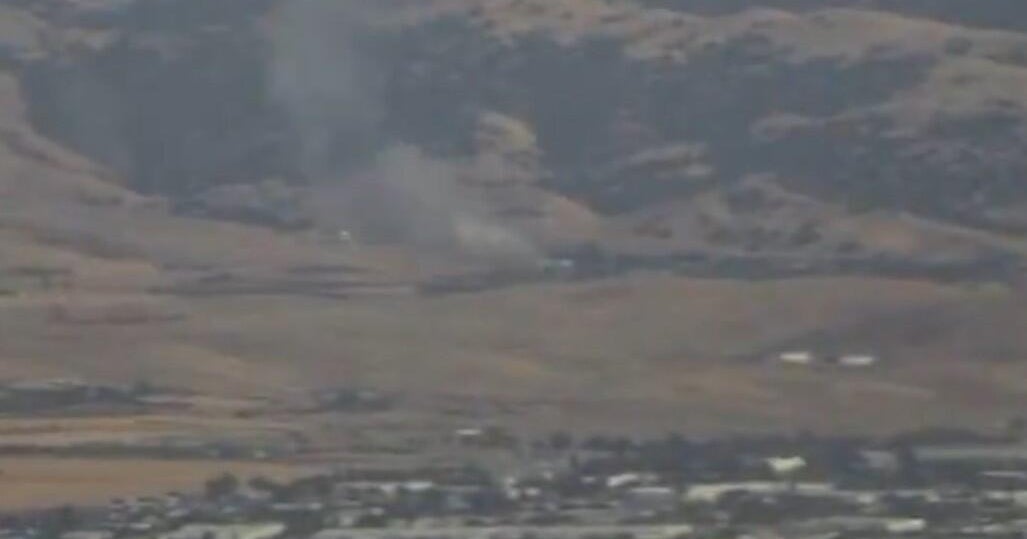Fog Brings Poisonous Mercury Into Pacific Coast Ecosystem
SANTA CRUZ (KCBS) -- If you saw the 2005 horror movie "The Fog," you may recall that every time the gray mist enters the frame, trouble is at hand.
As it turns out, Hollywood producers weren't so far off-base. Fog is apparently more harmful than you might think.
"There's up to a hundred times the methylmercury concentration in fog relative to rainwater," said Kenneth Coale, an oceanographer at Moss Landing Marine Labs.
Some mercury is naturally present in the ocean but industrial coal-burning increases the concentration. Mercury poisoning is harmful to the nervous system and can also impair reproduction.
"And one of the questions was 'how come fog has so much methylmercury in it?'" Coale said.
Dr. Coale and fellow scientists at UC Santa Cruz have discovered that our Pacific Coast marine layer fog, which blows ashore every year, ushering in the loved-and-loathed "June Gloom" weather pattern, acts a bit like an atmospheric mop, soaking up water vapor containing mercury from the sea then depositing it on land.
The good news is that levels are so low that humans aren't adversely affected -- at least directly. But plants and animals -- like wolf spiders -- are.
"Humans don't eat spiders but birds do and rodents do and mercury is getting into the food chain," Coale said.
Now Dr. Coale and his fellow researchers are wondering what other substances can be picked up and introduced into the ecosystem by fog.



